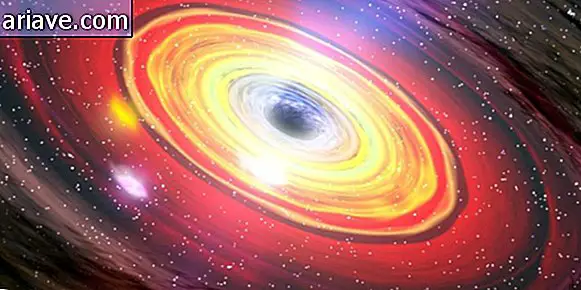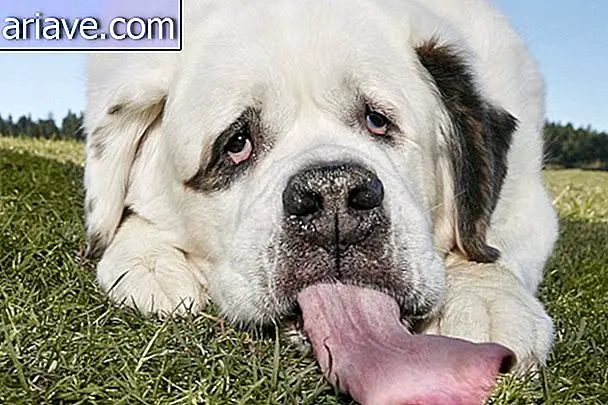Tragic: Orca takes more than 10 days swimming with dead puppy body
The case we are going to report here is both incredibly sad and worrying: an orca inhabiting the Salish Sea in Canada gave birth to a puppy on July 24, but unfortunately the little animal did not resist and eventually passing away only half an hour later. Since then, the whale has been observed all the time with the decomposing carcass of the young, and after so many days, scientists who monitor the animals in the area are becoming very concerned.

The orca in question is known to Tahlequah researchers - or J-35 - and refuses to abandon the dead calf, which means the team will have to wait until the whale finishes its "mourning" period and releases its body. so that you can conduct a necropsy that reveals what caused your death. However, scientists already have a suspicion of what may be behind the tragedy, and the reason may be more serious than it seems.
Worrisome
While observing J-35 and the rest of the group of killer whales, the researchers noted that both the dead pup's mother and other members - especially a 3-year-old female named Scarlet (or J-50) - are quite thin and look malnourished. And the situation seems so serious that scientists even fear for the lives of animals.
As they explained, the orcas identified with the letter J belong to one of 3 groups that travel to Canada and northern Washington during summers to feed. The problem is that these whales specifically, unlike other orcas, which usually hunt small mammals - such as seals, for example - travel to the region to consume a particular variety of fish, the king salmon ( Oncorhynchus tshawytscha ).

It turns out that a recent survey has shown that the populations of these salmon have fallen dramatically, so much so that in some areas they have been categorized as vulnerable and even threatened. But the group killer whales only eat these fish, so the effects of lack of food are already taking effect.
Scientists went to investigate some data and found that monitoring in June this year showed that the current number of killer whales has dropped from 98 to only 75 from 1995 so far - and that no new pups have been born since 2015. This one, as we now know, did not survive, and the study revealed that from 2007 to 2015, 69% of pregnancies among the group whales did not go forward.

Returning to the J-50 orca, scientists have noted that it is much smaller than normal, looks quite emaciated and looks very apathetic - and the grieving whale, the J-35, is going the same way. The situation is so dramatic that the team is organizing efforts to gather salmon and feed the animals, and possibly introduce drugs into the fish, a practice that has never been tested with these creatures in the wild.

And why are salmon disappearing from the region? No, dear reader, it is not because orcas ate too many fish. In fact, among the factors contributing to the fall in the salmon population are fishing, as well as habitat loss and rising water temperatures, which have been affecting their survival. In other words, indirectly, the problem with orcas is being generated you know by whom, right?
***
Do you know the Mega Curioso newsletter? Weekly, we produce exclusive content for lovers of the biggest curiosities and bizarres of this big world! Register your email and do not miss this way to keep in touch!











